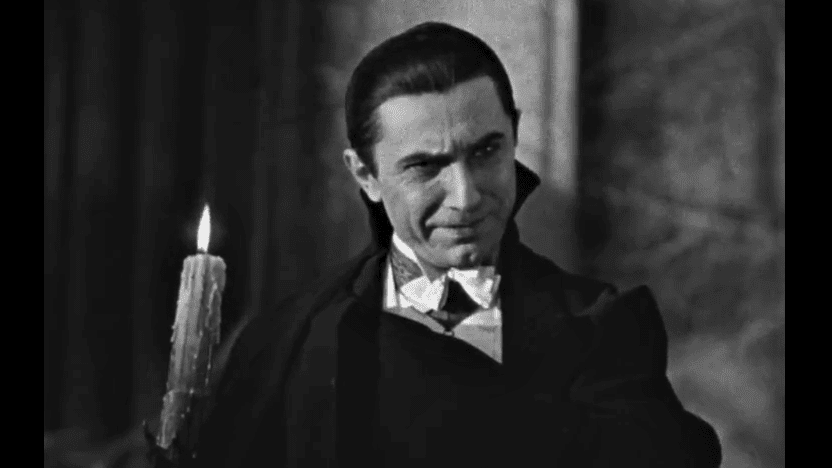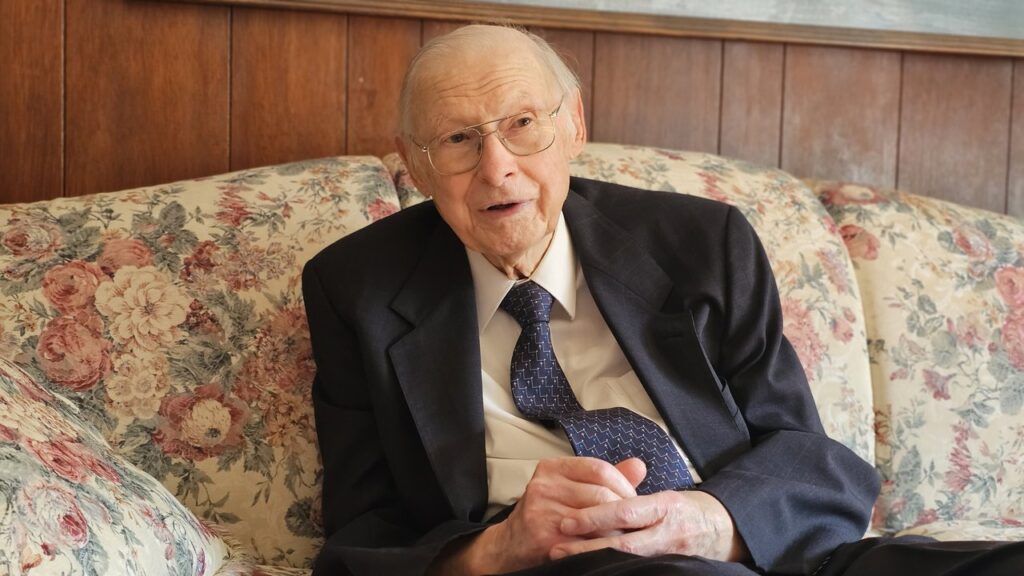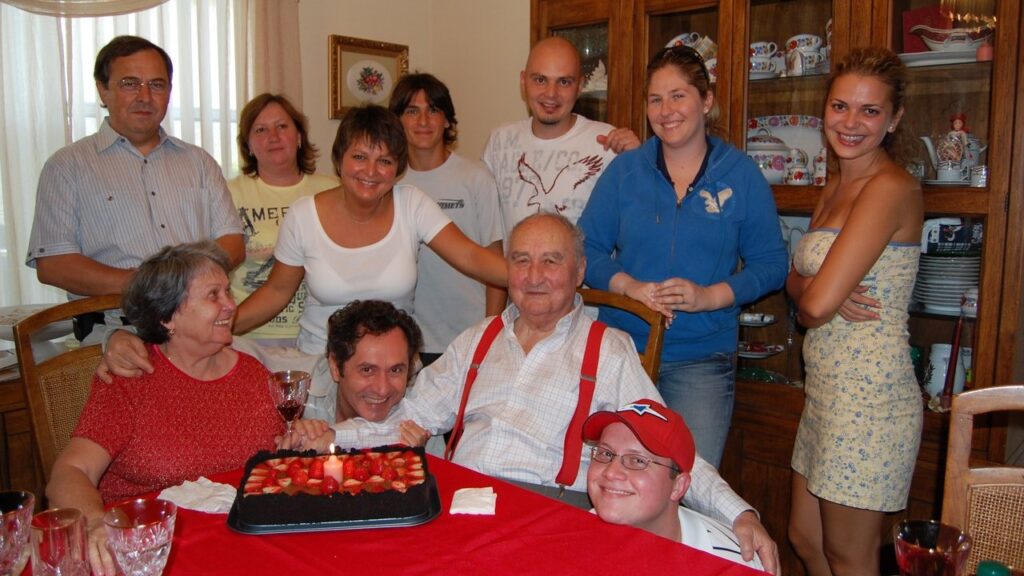The following is an article kindly provided to us for republishing by Alexander Stemp of the Budapest & Beyond Blog.
As we all know, the Phantom of Darkness himself hardly needs an introduction. But the main point here is although everyone knows Dracula, few can recall who the original actor behind the cape of this world-famous spectre was. It’s worth a reminder, as the first of many to take to this distinguished role, in the initial Dracula film phenomenon that premiered in 1931, was Hungarian Béla Ferenc Dezső Blaskó (1882–1956), who is better known as Béla Lugosi. However, despite the remarkable success of his creation and the film in general, Lugosi was overshadowed by his very own stage persona, which became his ultimate, unshakable identity and legacy forevermore.
Playing this singular part to perfection placed the equally singular Lugosi in cinema history.
What is also most highly significant is that during the early 20th century, (as compared to today), is that Dracula and cinema were both commodities which were relatively new—and during those earlier times, people really did scream and hide behind chairs when the menacing Lugosi appeared before them. But as we all also know, such reactions to such entities couldn’t be more opposing in today’s times.
But taking this unexpected monumental role for Lugosi, which made him a horror film star, also came with misfortune. An equally large, unpredicted artistic setback also struck, as he became an obvious typecast for being a villain as well as an odd, stray mystery man. So much so that no one since this pivotal time has played this memorable part as well as this very accomplished Hungarian, who generally wanted to carry on acting, and did so for a while—but all that followed after Dracula was the limited sphere of the horror film genre.
Unwittingly, for this newcomer, his renowned Dracula film extravaganza, which was originally written by Irishman Bram Stoker (1847–1912) in 1897 in novel form, was his acting peak. It not only came too soon, but also came at the price of never having any further lead roles with more artistic varieties again, as he so wanted.
After this highly successful film played out to the masses, everyone’s fascination with this highly acclaimed but abandoned film star also came all too soon. Meaning he had perhaps given too much of himself to the part and as a result, this dominant jinx had really taken over his entire life.
Thus leaving him as a forgotten star and forever in the shadows. No one saw him in any other guise ever again, other than what he created with his remarkable take on this spectre, who clearly stole the spotlight from Lugosi. Therefore, the invincible man, either on or off stage and also beyond the grave, was and still is the ultimate vampire and no one has ever taken his place.
Even almost a century later and still ‘count-ing’, he shows no sign of being either outdone or replaced as Stoker’s phantasmagorical creation ever.
Despite being briefly at the top of his beloved profession, the comparative celebrity, far from home, never forgot about his roots. As a touching tribute before his rise to fame, he renamed himself after his former hometown of Lugos, a small town 300 kilometres (186 miles) south of Budapest. This was before the Trianon Treaty of 1920, which saw Lugos pass on to Romania, where it is now officially known as Lugoj today. But Lugosi himself left home long before this sudden change occurred and never returned.
Before and during World War I, and in those troubled times in general, the young Lugosi was a successful up-and-coming actor. He also briefly served in the army but suffered a minor injury.
Soon afterwards Lugosi returned briefly to the stage and was also involved with some minor film-making roles, mainly in Budapest, Szeged, Debrecen, and Temesvár (Timișoara, Romania today). But his strong leftist political views at that distinct time led him into trouble with the law. Consequently, Lugosi had to flee this region altogether, which he did in 1919.
The following year, whilst in Germany, a chance to go to the United States came up. To achieve this, he worked as a seaman on a merchant ship that sailed to New Orleans. From there he made his way to New York City, where he worked briefly as a labourer whilst settling in with the Hungarian community. He also began to tread the boards again in several local theatre productions before breaking into his first English Broadway production, The Red Poppy, in 1922.
Perhaps needless to say,
but before hitting the ‘big-time’, Lugosi relished the abundance of far greater artistic roles and acting freedom. He took to playing a variety of diverse roles ranging from Shakespeare to comedy, tragedy, classical and romantic leads,
in which he flourished while on the road with travelling theatre companies.
But all this came to a sudden halt in 1927, as a whole new project came in. Lugosi was offered the lead role in the Broadway production of the newish and renowned Bram Stoker’s dark Gothic classic, Dracula. The show ran for 33 weeks on Broadway and was followed by a successful tour that concluded in California.
In fact, this stirring show was such a phenomenon at its time
it left many bewildered people believing that the very convincing Transylvanian really was a vampire and that Lugosi and Dracula were one and the same thing.
By reaching this remarkable newfound height in theatre fame, Lugosi inadvertently knew it was his calling to stay at end-stop Hollywood, which he did, to see his next follow-on, a once-in-a-lifetime chance to breakthrough into worldwide fame.
For him, it was fairly easy as he was already halfway there with his critically acclaimed theatrical repertoire. Lugosi’s chance to fulfil his dream of stepping onto the silver screen came through almost immediately, when the still relatively unknown migrant—coincidently from ‘vampire territory’—was finally chosen for the starring role in the Universal Pictures’ screen production of what unwittingly was going to be his crown.
However, and most unknowingly, this 1931 world premiere propelled not so much him, but rather, Lugosi’s new and over-powering alter ego into superstardom which remarkably left the mystified Lugosi far behind.
Everything changed in his life when the immaculately dressed Lugosi stepped into the film spotlight. His forbidding way of welcoming people, the aristocratic touches, his charms and menacing looks all clearly define what everyone sees as Dracula—Béla Lugosi’s Dracula—then as well as now. This was his achievement and accolade alone, as no future vampires came anywhere close.
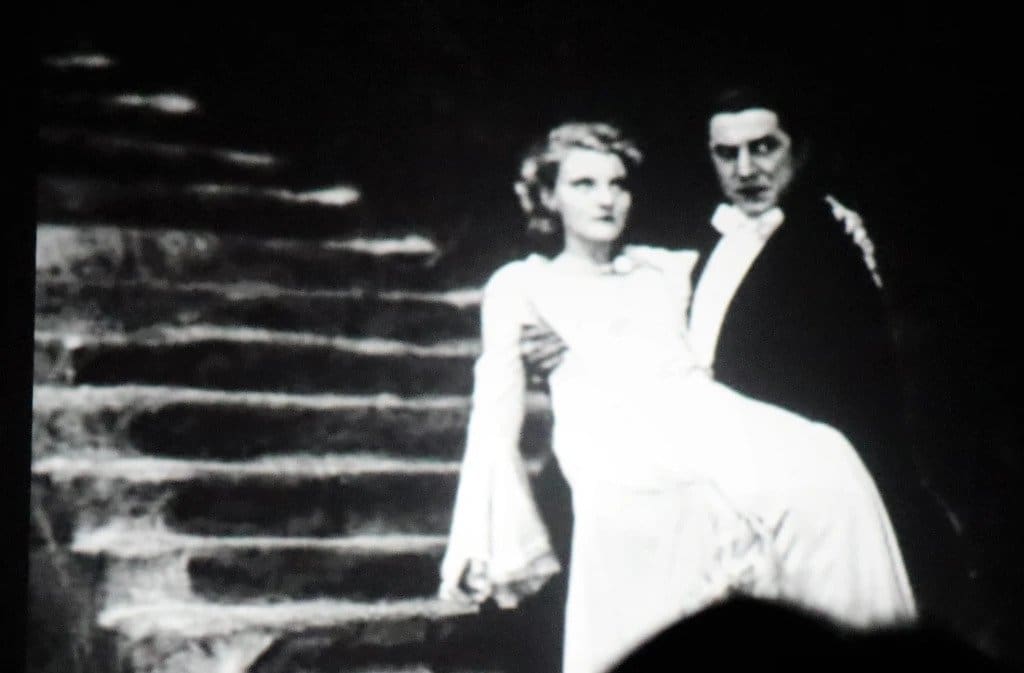
During that time, he was the film personification of a dark, evil force, and cinema audiences really were filled with terror by him. But beyond the camera, he was a pleasant, friendly, affirmable individual who enjoyed reading plays and the company of good, assuring friends and family. Even so, at that time, the masses were simply not settled yet with vampire lore and therefore struggled to accept him as anything else.
This particular gilded black-and-white breakthrough film extravaganza with its symbolic Translyvanian-esque settings was clearly not only a new era in filmmaking, but also a resounding triumph. Still, it’s a lesser-known fact that the original inspiration for the Dracula fairy tale came when Irish writer Stoker visited Whitby, a coastal town in Northern England, in 1890—the rest as we know, is a Gothic folk tale legend.
Sometime after its initial spin, the once-so-new Dracula theme eventually wore thin and became highly cliché-ridden.
Anything relating to teeth marks on the necks of women, bats flying around moonlit castles and château tops, and so forth eventually lost their intrigues—not that any dismissive aftermaths would demean the credibility of the original grand-master Lugosi himself.
Throughout this brief time at the top, the horror film icon also took to other spin-offs that duly played out. However, eventually and understandably, fatigue dawned on the artist as the challenge of playing these similar roles finally dwindled. Despite his obvious appeal, his distinctly accented English, combined with his looks, charm, mannerisms and extraordinary stare became all too over-familiar with the public and film management alike. All of which limited his prospects and repertoire altogether for the future.
In this unique and one-off case, the price of fame for Lugosi was the eventual curse of having to live with ‘Dracula’ all the time.
Not even his high acting ability could shrug off this possessive phantom.
It got worse, reaching the point where almost everyone stopped using his real name and simply called him Dracula, or words to that effect, continuously, on or off stage, no matter the occasion and wherever he went in public and private life—and even beyond his grave.
What could have been a splendid film vocation for this highly accomplished actor never inherently was. The brilliant but misspent Lugosi and his career went into abject decline. He developed a drug addiction which became well-known. Still talented but more erratic, the maestro tried to keep busy with light studio work, but still had to live with the “Drac” tag which then became an unwanted and hopeless identity. The unfulfilled and spooked-out ‘vamp’ also married five times but became a struggling father when his only child, Béla George Lugosi, was born in 1938.
But not all was lost, there was still plenty of ‘bite; and dignity with the otherwise popular and unabashed Lugosi when he made returns to small local theatres. Also, he made plenty of personal appearances as he became dependent on live shows and small entertainment venues to support his family.
Later, the ambitious but financially insecure filmmaker Ed Wood, a fan of this lone star, found him living in near-poverty and gave him new star billing in not-so-eventful, low-budget films with similar supernatural themes. Although grateful for a moderate comeback, how was this ever going to be as ‘spook-tacular’ as before?
Lugosi died of a heart attack on 16th August 1956 in Los Angeles, California. He was 73 and was laid to rest wearing one of his familiar cape costumes in nearby Culver City. There is a highly deserved Lugosi star on the Hollywood Walk of Fame.
His unforgettable performance as Dracula, which was done to perfection, is still talked about with reverence today. Lugosi’s lines from that film have become some of the most repeated in movie history:
‘I am… Dracula. I bid you welcome. Listen to them, the Children of the night. What music they make,’ and ‘This is very old wine. I hope you will like it,’ which is aptly followed by “I never drink… wine.’
His path in life was where few have been.
Even beyond his time, the influential Lugosi still reigns supreme as this one and only distinct icon.
This was a double act, as both Lugosi and Dracula, regardless of differences and temperaments, ultimately needed one another in order to get by and be remembered in the long term, with remarkable results. Hopefully, this legendary star is now relatively free from this demon, knowing his unique accomplishment of fulfilling such an immortal legacy has been fulfilled from his time onwards with new periodicals and repeat chronicles today. There was the 1994 US Ed Wood film, which also features Lugosi, who is played by Martin Landau. There is also a lively Béla Lugosi website which is run by his Los Angeles family today.
This year, Lugosi is now also a feature at the newly opened Madame Tussauds exhibition hall in the Hungarian capital, as seen below. Hopefully, there will be more accolades to follow anytime soon, especially where it really ‘counts,’ in Budapest and Lugoj.
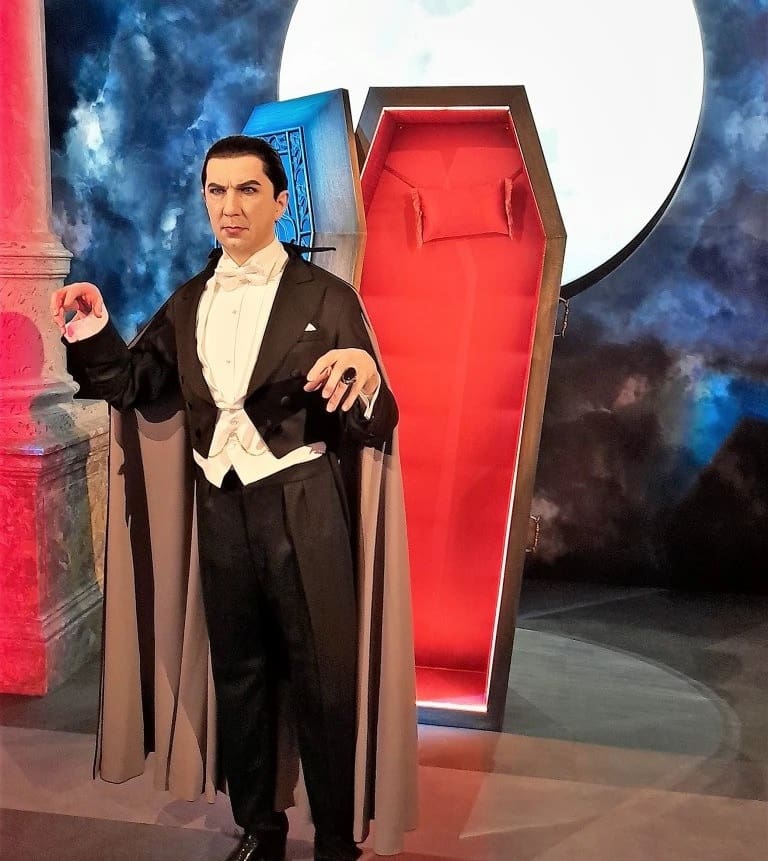
Remarkably and perhaps unexpectedly, the Lugosi symbol has exceeded way beyond the realms of cinema and his lifetime, and has been recently incorporated with cartoons, teddy bears, children’s stories, and TV, most notably Sesame Street. Although these newer, lighter creations are essentially softer and friendlier, the essence of all these later enterprises remains the same. It is still Béla Lugosi’s imprint which is still in place, in each and every one of them.
Apart from occasional streets named after him around Central Europe, there is a small tribute mounted to Lugosi at the Vajdahunyad Castle in Budapest. This was placed there by an unknown individual, rumoured to have been a German, some 20 years ago. It was soon accepted and has stayed there ever since, blending in wonderfully with the castle foundations and general area alike. There is also a Lugosi Street on the outskirts of Budafok.
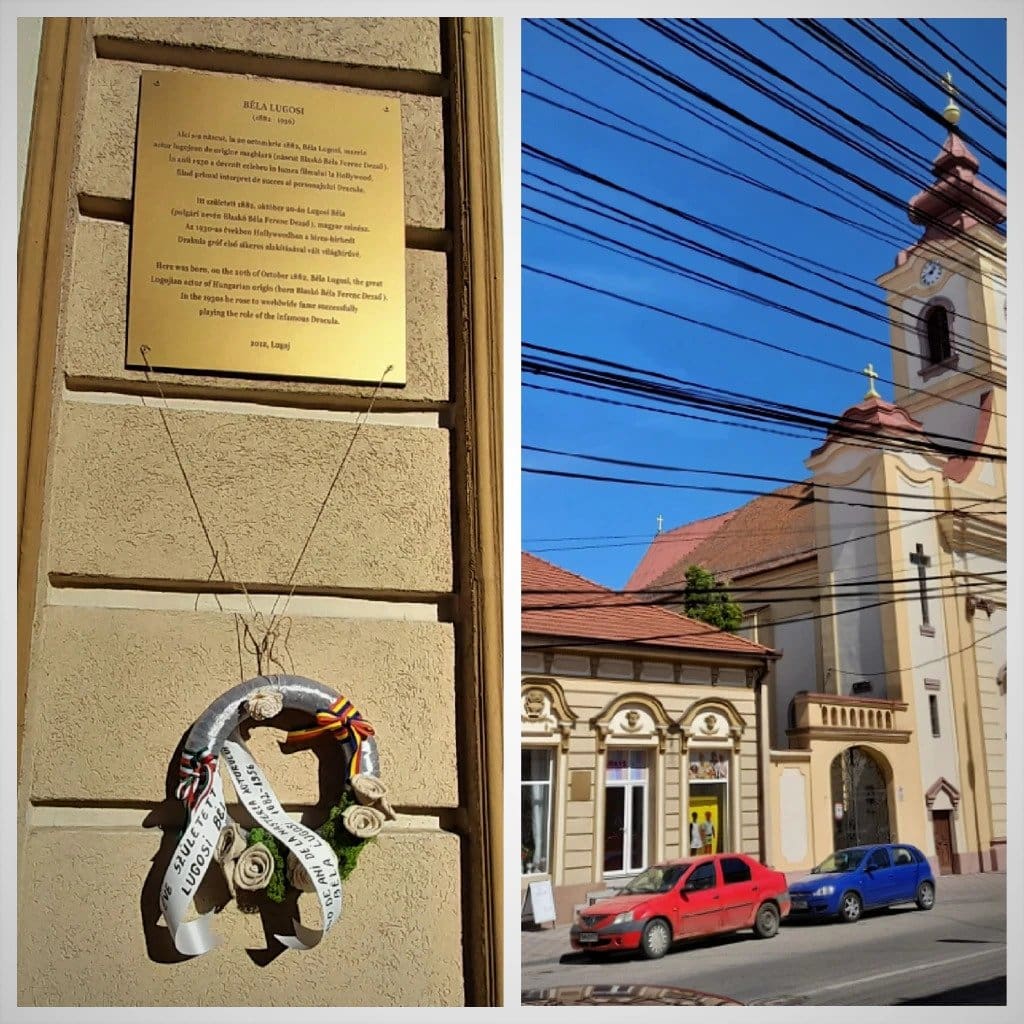
Although both these symbolic tributes are commendable, they still remain too tokenish for the likes of him. More should be done to commemorate this local legend, and not just when it’s Halloween. Museums should be set up in Budapest and Lugoj, as intrigue for the forgotten star is now starting to increase. Evidence was sighted in Lugos (Lugoj) on October 20 2022, when I returned there again, this time with the Hungarian-Hollywood Council, to celebrate Lugosi’s 140th birthday alongside various local officials.
Special thanks to Florin Iepan, a Romanian film producer, for allowing me to document his spectacular film, as seen here:
BL Fvamp eng
Uploaded by Calin Meda on 2020-05-20.
Related articles:

